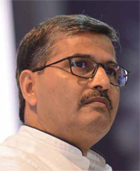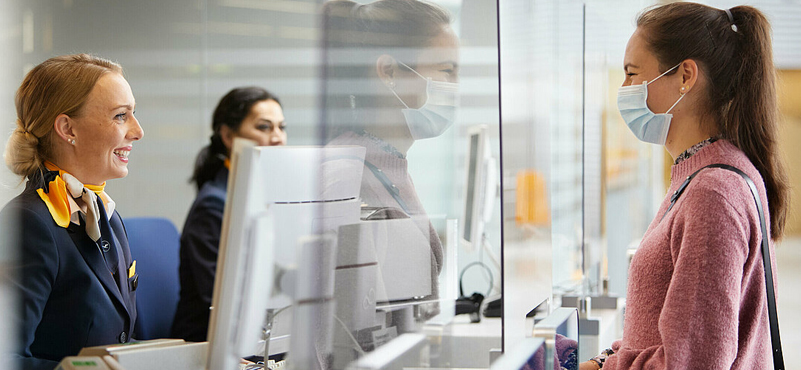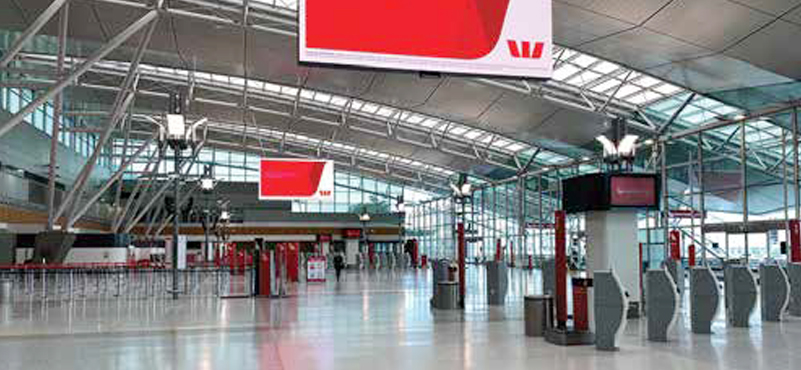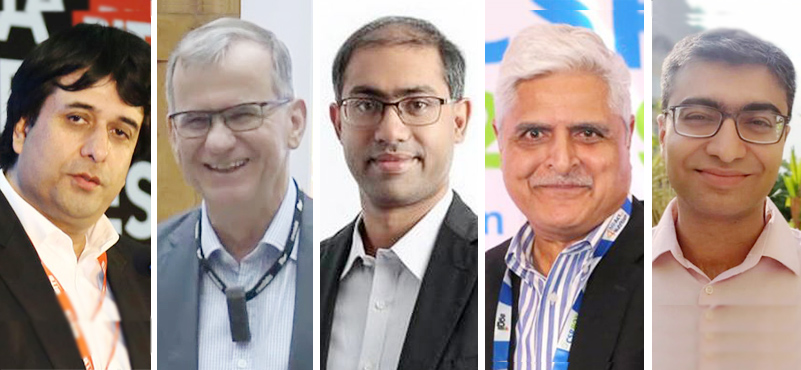Ashwani Lohani was at his candid best when he responded to a number of questions – which included legacy issues, future expansion plans and government packages. Ashwani Lohani in conversation with Kapil Kaul. Excerpts:
 KK: One of the things that was talked about was asset monetization when we talk about legacy issue. Has anything moved forward on the asset monetization front?
KK: One of the things that was talked about was asset monetization when we talk about legacy issue. Has anything moved forward on the asset monetization front?
AL: Yes, we have started moving forward, but it is not that we will sell away all our assets. Like, we shifted our headquarters from Mumbai to Delhi; we have a huge a huge building there. We have given out a lot of floors on lease; on rent. But prime floors are still with us. The ground and the first, and top 3-4 floors are still with us, because we operate from there. But we do not need so much of space, so some of them are on rent; we have sold some flats. We have some more properties we would want to monetize, but we do not want to just lose control.
KK: And the third thing was the capitalization support which the government gave, around 6 billion (dollars), and roughly about 3 billion+ is coming. Are you seeing the capitalization support to continue timely by the government, as it was done earlier? Or there may be changes in that?
AL: Well, whatever is sanctioned, that will continue. And we are definitely not looking at anything beyond that.
KK: And you are getting timely capitalization from the government?
AL: Yes.
KK: I mean as and when you required?
AL: Yes.
KK: I want to ask you one question, especially on long-haul and, in fact, there has been a very aggressive expansion of Air India – which is good for almost everybody who is here. For tourism, hospitality and others. It envisages a fuel price which is very benign and moderate. What happens when the fuel prices go up significantly? Is there a mitigation that the Air India has thought of? Whether to increase yields a bit more? Because one of the problems that every international airline faces on long-haul flights is that the moment you change the fuel price from 40$/barrel to 60-70$/barrel, it changes dynamics significantly. So, is there a continued thrust on international, irrespective of the fuel prices, in the next five years?
AL: I understand that fuel prices play a significant role in deciding whether the airline will make profits or loss. But right now prices are good, and they look good, at least for the next couple of years. We intend to continue our thrust on expansion right now.
KK: With respect to your association with Star Alliance, are you seeing revenue? Because, we were told that 6-7% contribution from Star Alliance. What is the status of Air India and Star Alliance in the revenue, especially North America feed? Are you making some inroads there?
AL: Yes, Star Alliance has definitely helped the airline. It is good to be there. But as far as figures as concerned, growth figures, I think my Commercial Director Pankaj Srivastav would answer this question better.
KK: The upgradation side, a fundamental requirement of Star Alliance. Is there a continuous service upgradation, both, in flight and on ground happening simultaneously?
AL: Yes. There is a definite thrust on improving services.
KK: What about the yield part?
AL: On the number part, we see our growth continuing. We do not see an issue there, but definitely yields are an issue. Yields have gone down considerably, from 5600, 2 years ago, to 3600-3700 now. It is extremely substantial but I think better sense will prevail among various airlines, and they will not bring it down any further. It will be a mutual harakiri if we keep on with that.
KK: Another critical part is the turnaround. I believe you may be looking for a partner for AIATSL (Air India Air Transport Services Limited). Maintenance part is being put on to get foreign investors. So are you seeing the MRO that you build in Nagpur and other engineering facilities, an aggressive hive-off, get potential partners. The ground handling part which possibly could be monetized significantly, so do you see that continuing?
AL: We hived off the ground handling functions. I don’t think about whether we should hive it or not. I have got different views on that issue. Now we have a reality; yes, we have a ground handling company AIATSL – which we have hived off and it is doing fairly well. And that will occupy more territory in the times to come, and we will share the profits. The second is the engineering side. In engineering also we have hived off MRO. For ground handling almost 50% of the work is done by Air India and 50% by other airlines. But for engineering almost 95-96% is of Air India, so it almost like a department of Air India at present. Ultimately, when it gets a lot of outside business, then it will start functioning like a hived off or a business entity. But that will happen because we are moving fast in that direction. Nagpur has been a good addition to the entire family; it has very good infrastructure. By the first or second quarter of 2018, the entire thing would be complete. You know for any MRO, the major business is from engines. Engine shops are still being made. Once that happens, I am sure it will leapfrog. Yes, we are looking at getting major business from other airlines for the MRO.
KK: In terms of ground handling, you have two companies.
AL: (Interjects) I would also like to mention about our Air India Express which also quite some time back had hived off from Air India and became a separate company. That is doing really really well. It is running very efficiently.
KK: I have a question for Air India as well.
AL: (Pointing towards the audience) The CEO of Air India Express is here in the audience.
KK: We will ask him, too. Air India AITSL which is the other ground handling company you have, so going forward do you see Air India SATS expanding or the AIATSL expanding into other airports?
AL: I think both will expand.
KK: What was the timeframe on the engine MRO?
AL: I think by the beginning of 2017, the engine test cell – the testing facility should be operational. That will give us some business because you can bring your engines for testing and minor repairs, but for the engine overhaul, shops would be ready by the first or second quarter of 2018.
KK: Now, strategically going forward, do you see Air India Express expansion the way it was envisaged? Is that on the regional international side, will there be fast-tracking of that? That is the No. 1 question. Why does not the Air India Express do domestic?
AL: Air India Express has got some 18-19 planes right now. We are looking at converting that into a 50 aircrafts company. It is going to grow. It is mainly doing international, but in the future we may look at domestic routes, too.
KK: So you see domestic routes as a possibility?
AL: It can. I mean the domestic market and the pace at which it will grow. I would like the Air India family to conquer as much market as possible. It will be done by Air India, Alliance Air and, may be, Air India Express as well. But Air India Express has started making inroads. It was basically considered a south-based company, but started flights from Chandigarh, Delhi, Varanasi and Lucknow; it is now becoming a pan-India phenomena.
KK: The other part is that because you do not have a low-cost arm and you still have higher cost structure, expanding Air India Express in the domestic market, even though it may cannibalize your parent brand, it is much better than Air India cannibalises rather than the competition. Therefore, Air India Express must look at expansion moving forward. Lastly, I have a question on the risk side. If you look at the domestic capacity, we are bringing in international capacity. Now bilateral agreements are basically incremental, but that may change in the near term. 5/20 may chance things. If I were to ask to that what are the near term 2-3 risk evaluation for Air India for the next 2-3 years, is there anything you can comment on?
AL: Commercial enterprises are always riskier. There is always a risk in anything commercial because in hindsight we can always say that we could have done things differently. Any decision that we take can fail or succeed. It all depends with what intensity you take on a task; it basically decides whether something is going to fail or succeed. Our focus, primarily, is not on the imponderables. It is not on things on which we have no control over. Our focus is basically on things which are in our control.
KK: In that do you see domestic a bigger challenge than international, because the domestic will continue to be a very different animal in the next two years.
AL: The bigger challenge that I see is internal; it is our own internal sarkari processes. That is a challenge in running a commercial organisation in the government setup. We will be able to get over that.




































